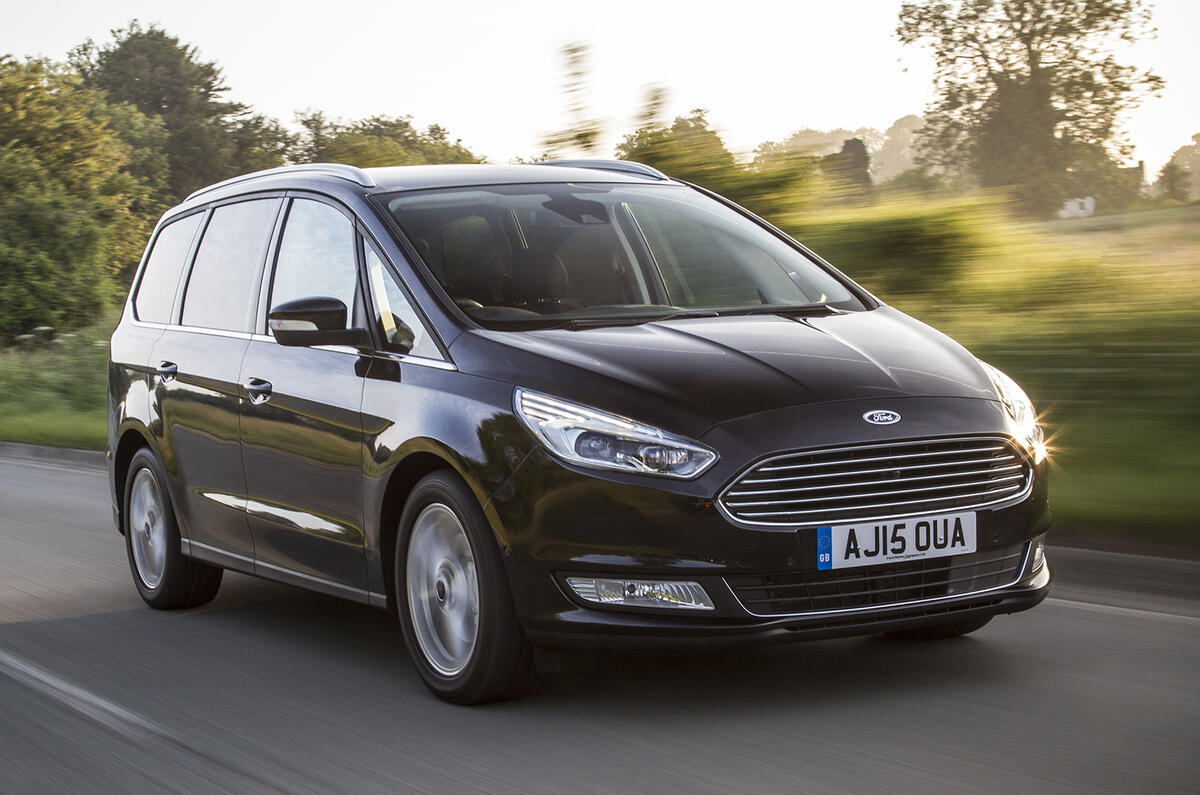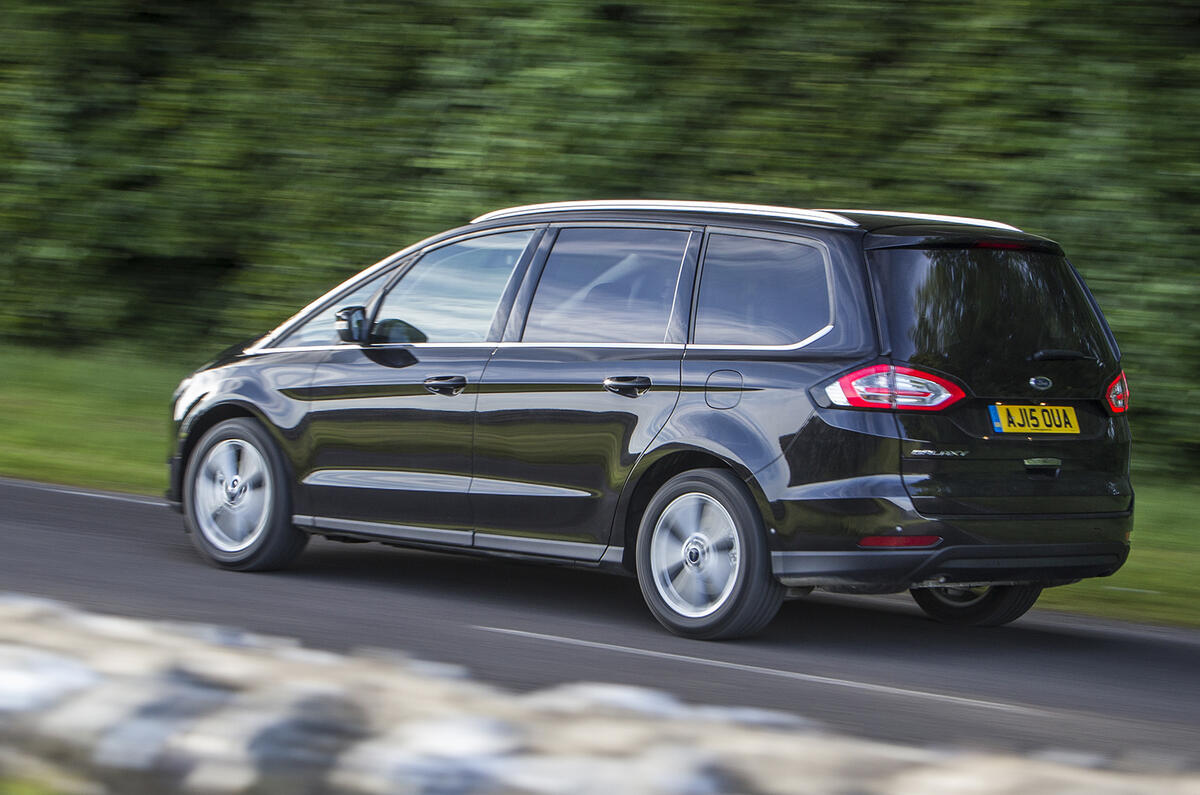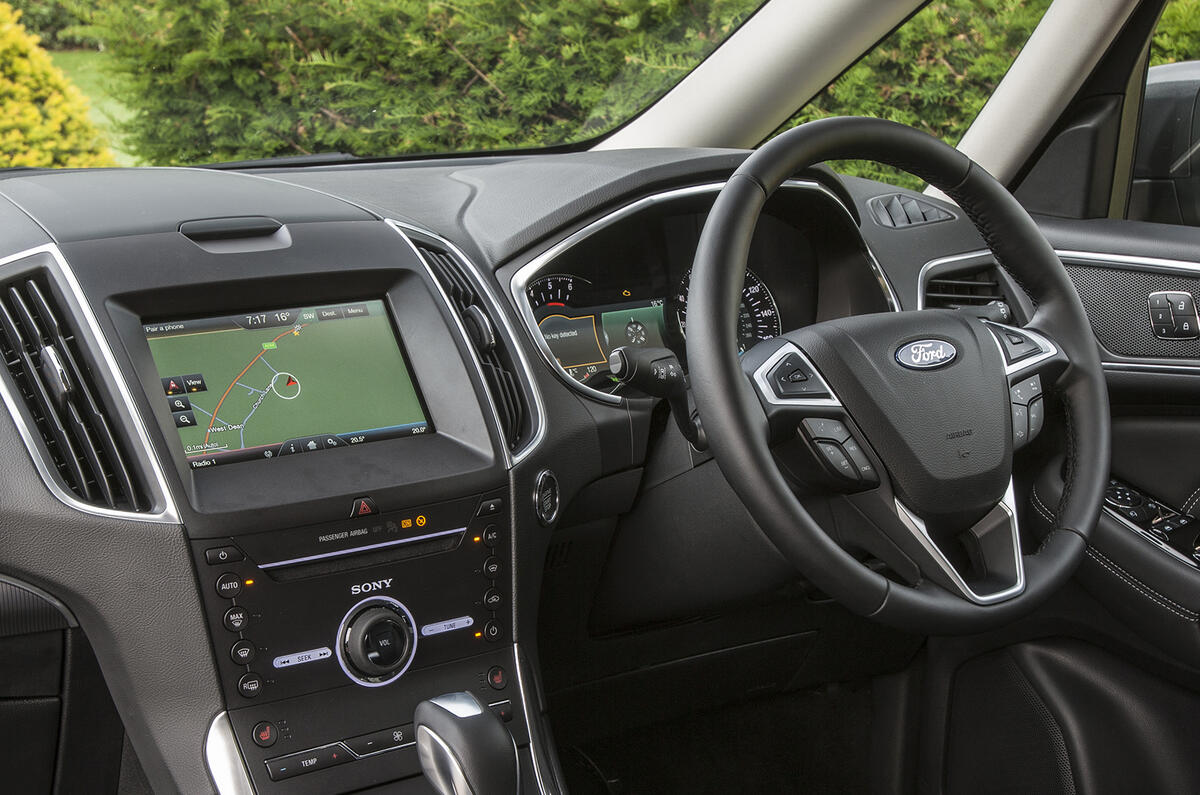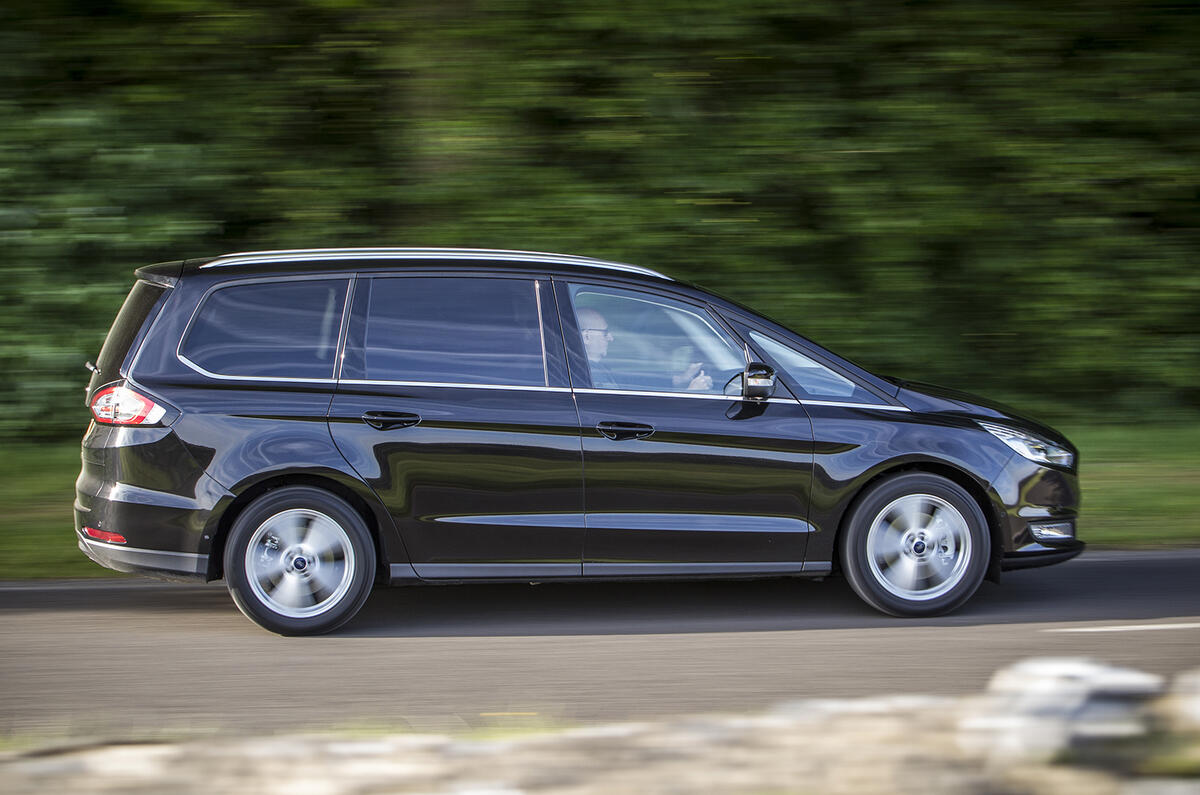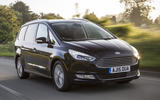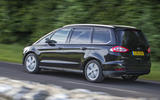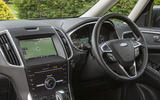While the French car maker Renault can lay some claim to establishing the contemporary large MPV class with its original Renault Espace, it is Ford that has gone on to define it with the Ford Galaxy.
Such is the Galaxy’s ubiquity that it has bridged the divide between commercial and domestic use better than any other seven-seat MPV, and is as likely to be seen unloading holidaymakers and suitcases at an airport terminal as it is disgorging children and lunchboxes at the school gates.
The third-generation Galaxy was with us largely unchanged, save for evolving trim and engine options, since 2006. So there’s nothing particularly groundbreaking about fourth generations roomy cabin, but with seven seats that slide and fold individually (and without undue effort), the Galaxy’s airy interior is highly flexible. With all seats in the upright position boot space is limited to a not insignificant 308 litres, although unlike its predecessor there is 20-litres lurking under the boot floor, but this expands to a total of 2325 litres with all but the front two the seats folded, spread over what amounts to a 2.1-metre-long load area.
The 2015 relaunch of the Galaxy saw Ford instill its design language on the large MPV as it followed the second generation Ford S-Max, while underneath the bodywork the Galaxy remains much the same as before. It uses the same C/D global platform that underpins the Ford Mondeo, Seat Alhambra and the Volkswagen Sharan, while it uses the same multi-link suspension set-up found on the latest gen S-Max as Ford aims to give the Galaxy new levels of comfort and refinement.


